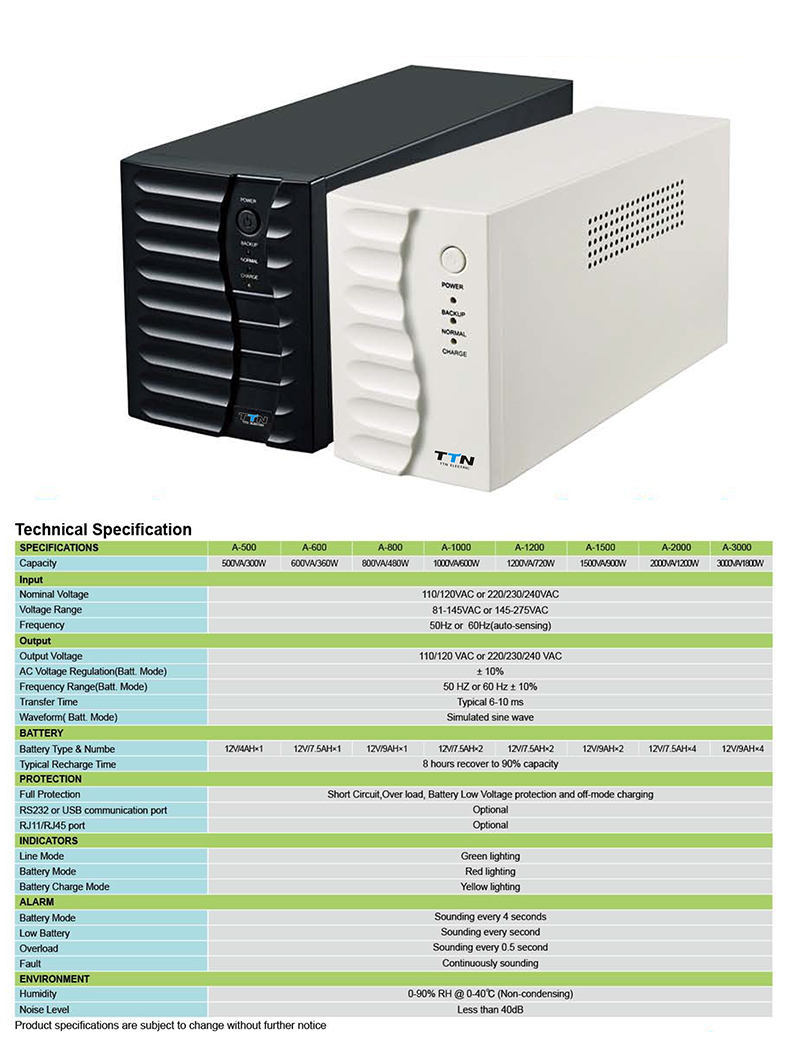Whether it is the pressure of the hydraulic measurement control circuit that provides feedback for the pump pressure of the HVAC system, or the pressure at which the coolant flows, the heavy-duty sensor can output a high level signal. Currently, design engineers face the enormous challenge of designing more complex control systems. These systems rely on providing more feedback signals than previous systems. Therefore, design engineers must consider components that meet high accuracy, lower overall cost, and ease of implementation. Current control systems use pressure switches to control them. This switch opens and closes around a set point and its output is usually reviewed at the end of the day. This type of system is mainly used for monitoring. Compared to the above control system, systems using pressure sensors are able to measure pressure spikes in a timely and accurate manner, warnings before a hazard occurs or the control system fails. The sensor is connected to the computer to measure the actual pressure so that the user can accurately monitor and control the system. Pressure data is typically used to dynamically measure system performance, monitor usage status, and ensure system energy efficiency. Systems that use sensors can provide more and more efficient data points.
In short, the heavy-duty pressure sensor is a pressure measuring device with a housing, a metal pressure port, and a high-level signal output. Many sensors are available in a round metal or plastic housing and are cylindrical in shape with a pressure port at one end and a cable or connector at the other end. These heavy duty pressure sensors are commonly used in extreme temperature and electromagnetic interference environments. Customers in the industrial and transportation sectors use pressure sensors in their control systems to measure and monitor the pressure of fluids such as coolants or lubricants. At the same time, it can detect pressure spike feedback in time, find system blocking and other issues, and instantly find a solution.
Control systems are becoming increasingly intelligent and complex, and sensor technologies must also evolve to accommodate application needs. The era of sensors that require signal conditioning and calibration is gone forever. When designing, implementing, and applying the sensor, you no longer have to worry about the sensor's functional issues. Since the sensor is a very important pressure measuring device, and the variety of sensors on the market, the quality is uneven, you must choose carefully.
Probability plan overviewIt is important to review the various application scenarios before listing the sensor purchase list. Consider what alternatives are and how to meet your design requirements and specifications. As mentioned earlier, in the past few decades, control and monitoring systems have changed dramatically, mainly due to increased design complexity. These changes include manual systems becoming electronic technology-based control systems, multi-components becoming highly integrated products, and more focus on cost issues. There are multiple solutions for heavy-duty applications. What are the heavy-duty environments? Here are just a few examples, such as environments with large temperature ranges (eg -40 °C to 125 °C [-40 °F to 257 °F]), refrigerants, oils, brake fluids, hydraulic fluids, etc. Harsh media and environments that use compressed air. Although the above temperature ranges and harsh environments may not be the most extreme environments, they represent most of the transportation and industrial environment applications.
Heavy duty pressure sensors are used in the following areas:Used in HVAC/refrigeration air conditioning applications to monitor system performance, control compressor inlet and outlet pressures, roof chillers, refrigeration rooms, refrigerant recovery systems, and compressor oil pressure.
Used in air compressors to monitor compressor performance and efficiency, including monitoring compressor inlet and outlet pressures, filter pressure drop, cooling water inlet and outlet pressures, and compressor oil pressure.
Used in transportation applications to maintain heavy equipment by monitoring the pressure, hydraulic, flow and level of critical systems such as pneumatics, light duty hydraulics, brake pressure, oil pressure, transmissions, and truck/trailer air locks performance.
There are many different types of sensors on the market and the quality is uneven, so the candidate products must be carefully studied. The product should be analyzed in terms of reliability, calibration, zero compensation, sensitivity, and total error range.

Figure: In HVAC/refrigeration air conditioning applications, heavy-duty sensors are used to control compressor inlet and outlet pressures, rooftop chillers, and other recovery and pressure systems.
Selection criteriaLike most electronics, sensor selection criteria reflect important design challenges. The system design requires a stable sensor to ensure that the system works properly at any time and place. The consistency of the system is equally important. A sensor removed from the box must be interchangeable with any other sensor in the box and the performance of the product must be the same as the predetermined performance. The third criterion to consider is cost, which is a ubiquitous challenge. Due to the increasing intelligence and precision of electronic devices, the old components of the solution had to be updated. The cost depends not only on the individual sensors, but on the overall cost of the product replacement. Which products does the sensor replace? Do you want to perform pre-calibration or full compensation before replacing?
When choosing a sensor for industrial or transportation applications, consider the following factors:
Configurability When using each type of sensor, consider whether the device is standardized or customized? Customization options include connectors, pressure interfaces, reference pressure types, ranges, and output styles. Whether it is a spot or a configured product, is the selected product easy to meet exact design requirements and can be delivered quickly? When you design a product, can you get samples quickly so that the time to market is not delayed or affected?
Offline
Compact size
Intelligent CPU Control
Boost and buck AVR for voltage stabilization
Off model charging
cold start function
Auto restart while AC is recovering

Offline Ups,Apc Offline Ups,Offline Ups For Home,600Va Offline Ups
zhejiang ttn electric co.,ltd , https://www.ttnpower.com